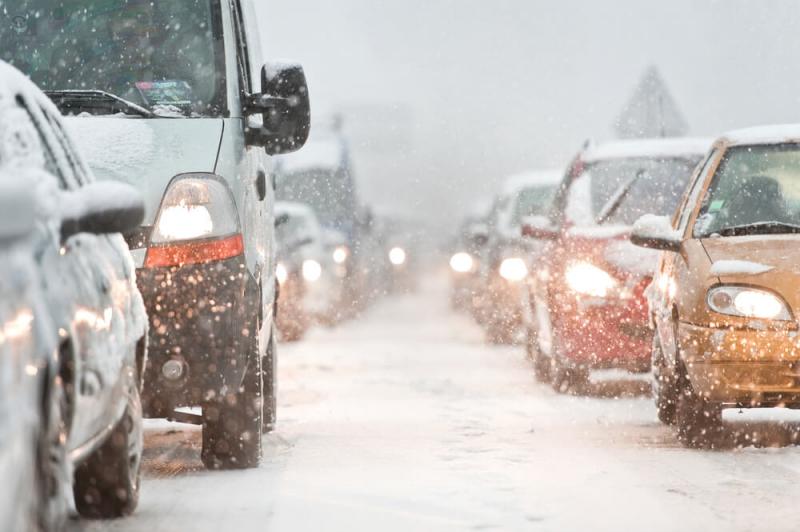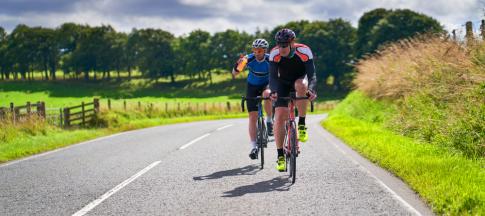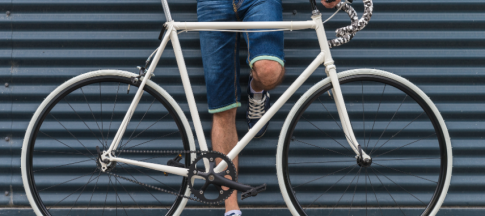
As Brits we’re used to icy cold weather – and although we don’t see it as often, we also get our share of snow.
It’s important to know how to stay safe when the roads are icy or snowy. Here’s our top tips for driving in frosty weather.
How can you be prepared for snow and ice?
There are a few things you can do to keep an eye on the weather and prepare for driving in icy conditions.
First of all, check the weather forecast regularly during cold periods.
If snow or ice is predicted, it’s a good idea to grit your driveway in advance so you can get in and out of your home safely. If you don’t have grit, you can actually use cat litter!
Plus, it’s worth running a few car maintenance checks just to make sure everything is working as it should. For instance, it’s a good idea to check your:
Prepare an emergency kit
It's worth keeping an emergency kit in your car during the colder months, in case you’re stranded or break down. Include things like:
- a shovel
- ice-scraper
- demisting pad
- spare screen wash
- plenty of de-icer
- phone charger
- a square of carpet for your tyres to grip on if you get stuck in the snow
- blankets and extra layers
How should you drive in snowy or icy conditions?
Drive slowly and carefully, even if there's no visible snow or ice.
If the temperature has dropped below zero it's possible there could be black ice on the road, which can be especially dangerous as it’s difficult to spot.
There are ways to prevent problems when the snow starts to fall. Here’s what you can do:
Only drive if necessary
If possible, it’s a lot safer to avoid driving in snow or ice at all. This is a lot easier to do in the age of homeworking!
Consider how important your journey is and if it can wait a day or two until the worst of the weather clears.
Drive slowly and carefully
This may seem like an obvious one, but take things nice and slow.
The Highway Code recommends driving slowly in as high a gear as possible and braking and accelerating gently when driving through snow or ice.
Allow plenty of space between you and the car in front
Stopping distances in snow and ice can be up to 10 times longer. This means it’s very important to leave lots of space between you and the car in front of you, and to be vigilant on the road.
Use the right lights
If you’re driving through heavy snow, you should turn on your headlights rather than just relying on your regular running lights.
If your visibility is especially bad, turn on your fog lights too but remember to turn them off when you can see better.
Stay calm if you skid
If you start to skid on ice, try to stay calm. Gently steer into the direction of the skid – even if it feels contradictory – as this can help your tyres realign.
Make sure not to slam on the brakes or veer dramatically right or left as this could make you spin out of control more.
Do you need winter tyres in the UK?
It depends on how often you’re driving. If it’s a necessity for you to drive a lot during the colder months, it might be worth looking into some winter tyres.
Winter tyres are designed to have better traction and grip. This means you have more control when the conditions are wet or icy. They work best when the temperature is below 7°C.
If you do invest in some winter tyres, you’ll need to have somewhere to store your tyres for the rest of the year.
For most people, it may be easier and more convenient to have ‘all-season’ tyres, which are designed to be an all-rounder across different weather conditions.
Do you need snow socks or snow chains?
If you don’t want to change to winter tyres, snow socks or chains could be an easier alternative.
Snow chains are just that – chains – that fit to your car’s tyres to improve the traction. Snow socks are usually woven fabric, and they wrap around your tyre.

 ,
,  ,
, 
